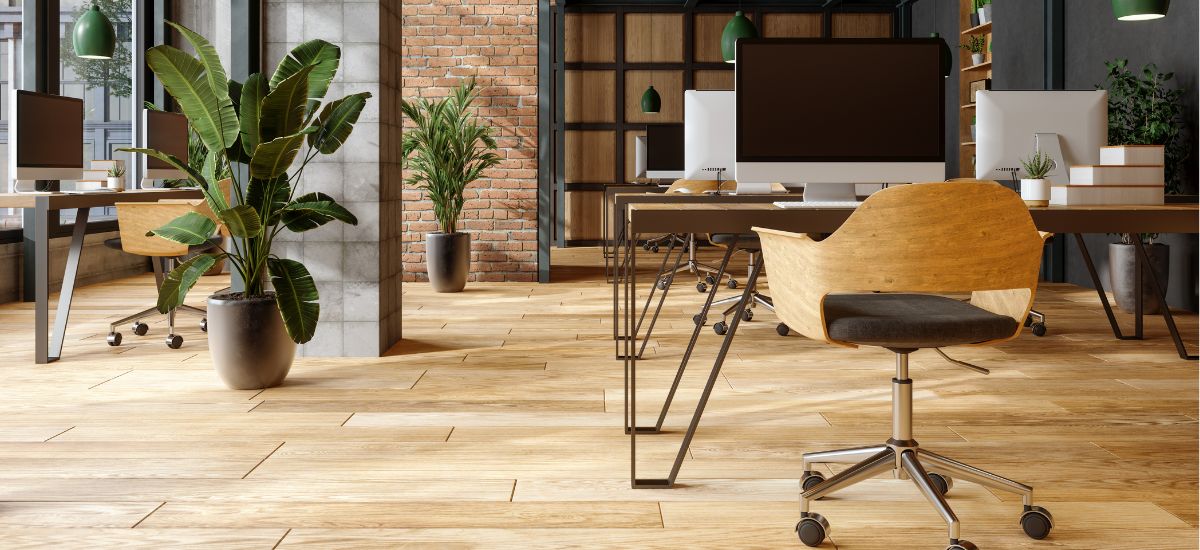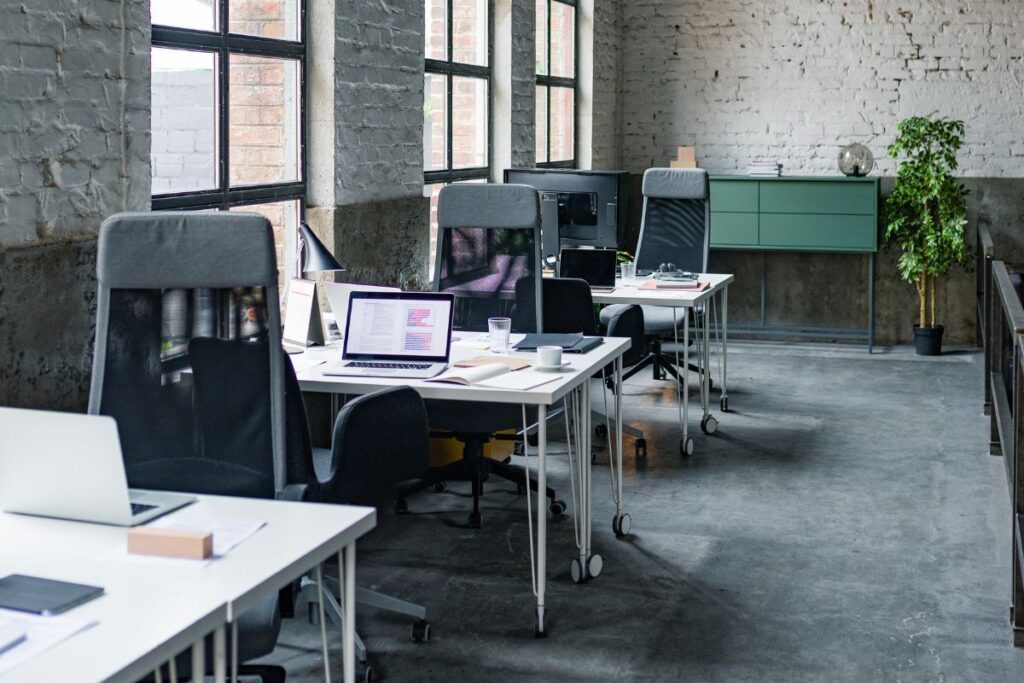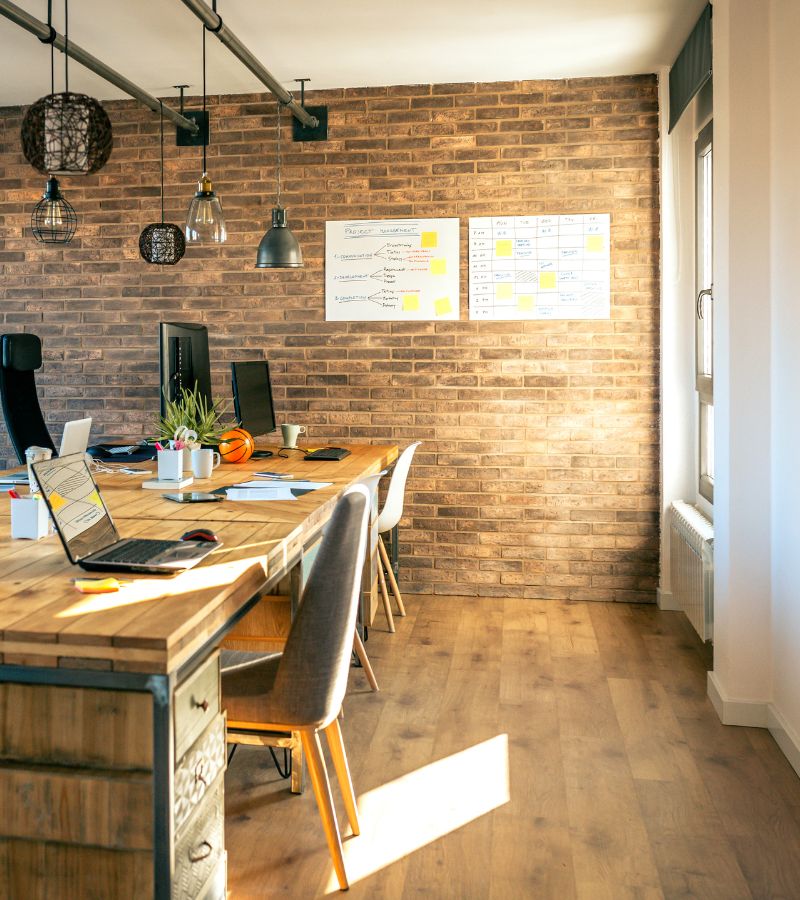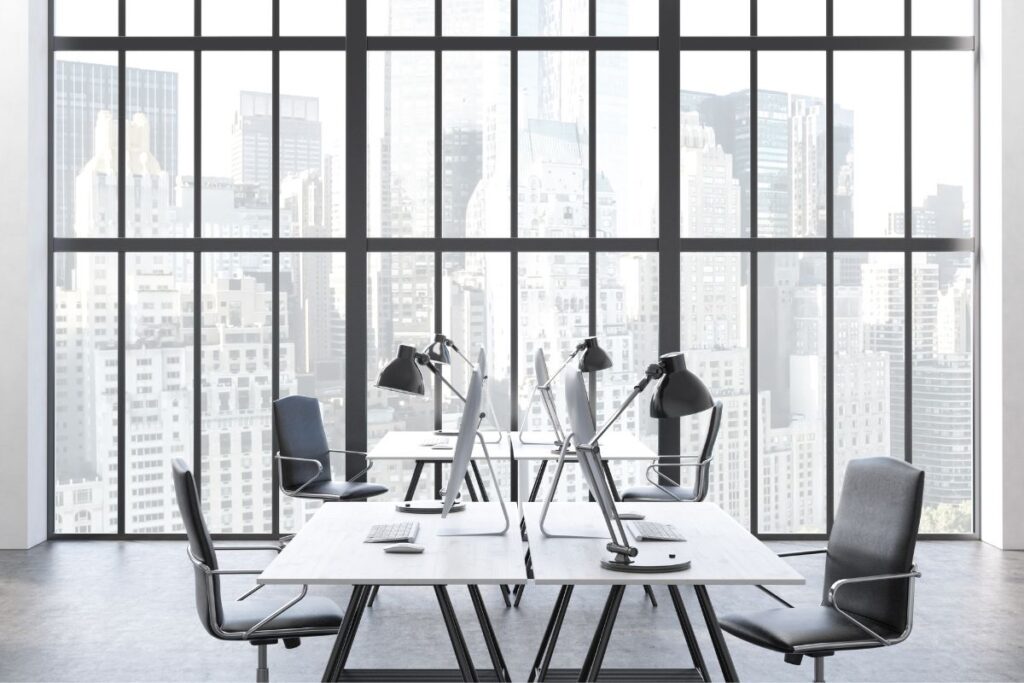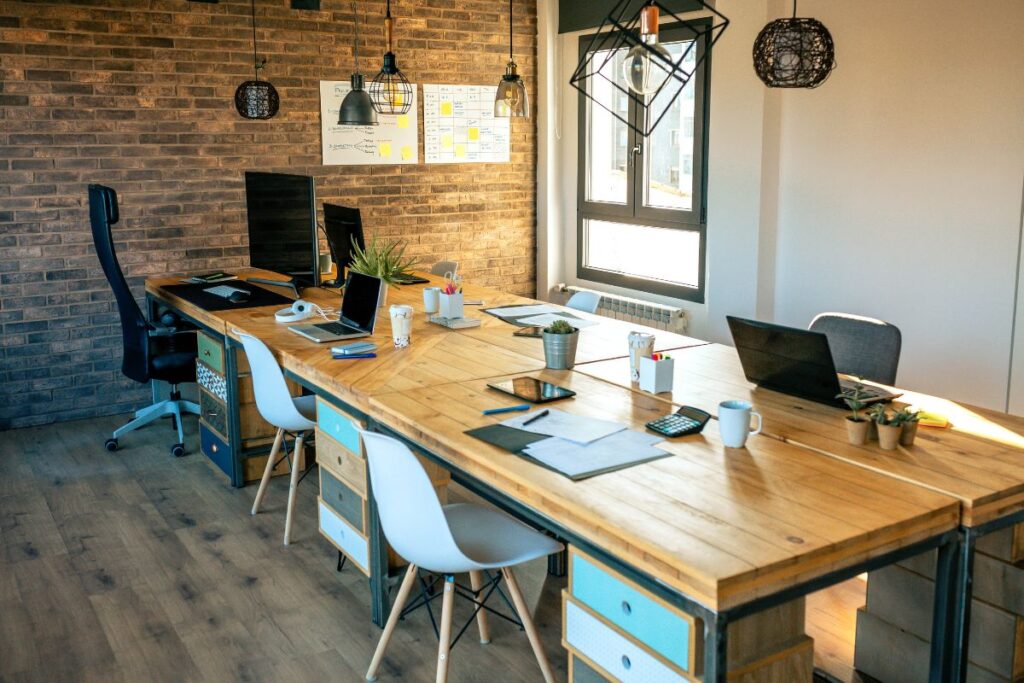Fasten your ergonomic chairs, folks, because the workspace as we know it is undergoing a seismic shift. Are the days of drab cubicles and soul-crushing commutes truly numbered? The future of office spaces is sparking a fiery debate, fueled by a whirlwind of technological advancements and a newfound appreciation for work-life balance.
Has the remote work impact irrevocably changed the game? We’re diving headfirst into the office space evolution, exploring the forces that are reshaping how and where we work. Prepare for a workplace revolution that promises to be as disruptive as it is liberating.

